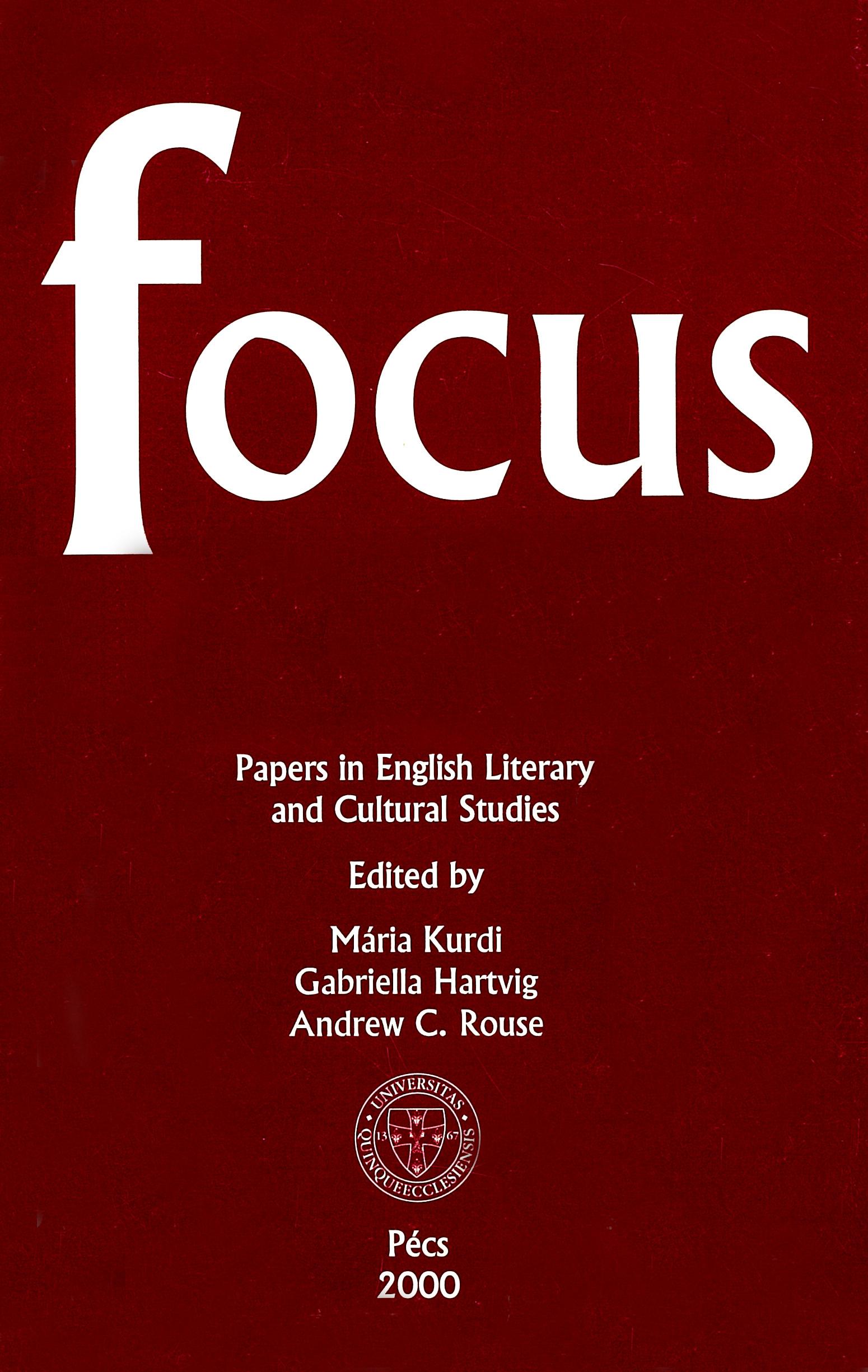Doubles, Twins and Triplets: Conning of Age in Contemporary Irish Drama
Abstract
The abundance of doubles and split characters in contemporary Irish drama may be, in part, accounted for by the “double visions and double interpretations forced upon [the writers] by the facts of Irish history and of everyday life in Ireland” (Carpenter 178). Such characters embody the dualities, ambiguities, and insecurities in the Irish consciousness caused by centuries of colonial oppression, religious persecution, deprivation or mockery of cultural heritage, replacement of the mother tongue by the language of the colonisers, and other forms of humiliation. The uncertainty of identity was enhanced by the colonial stereotypes the English invented for the Irish and persuaded them to accept: “an identity was proposed for the natives, which cast them as foils to the occupiers” (Kiberd 9). It thus became impossible for the Irish to maintain an independent notion of identity and instead they came to see themselves always in comparison or contrast with the English. Similarly, the whole “Ireland... is never to be seen in itself, but as a flawed version of England” (Seathrún Céitinn qtd. in Kiberd 14).
Downloads
Published
How to Cite
Issue
Section
License

This work is licensed under a Creative Commons Attribution-NonCommercial-NoDerivatives 4.0 International License.
FOCUS: Papers in English Literary and Cultural Studies follows the principles laid down by Creative Commons, which provides guarantees for the Author’s copyright while also ensuring that intellectual properties are made available for the wider public in a digital form. All papers submitted to the journal apply the following licence conditions (indicated on the journal’s website as well as in individual publications):
“© This work is licensed under a Creative Commons Attribution-NonCommercial-NoDerivatives 4.0 International License.”
You are free to:
- Share, copy and redistribute the material included in the journal in any medium or format under the following terms:
- Attribution — You must give appropriate credit to the Author, and indicate the original place of publication [FOCUS: Papers in English Literary and Cultural Studies, Issue nr., page numbers.].
- NonCommercial — You may not use the material for commercial purposes.
- NoDerivatives — You are not allowed to remix, transform, or build upon the material.
- The above conditions must always be indicated if the journal material is distributed in any form.
- The above conditions must always be met, unless a written permission signed by the Author and the Editor-in-Chief states otherwise.

